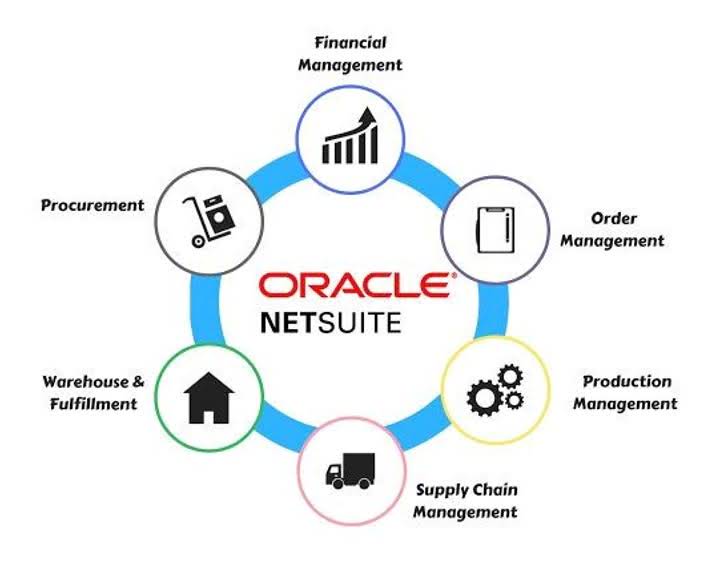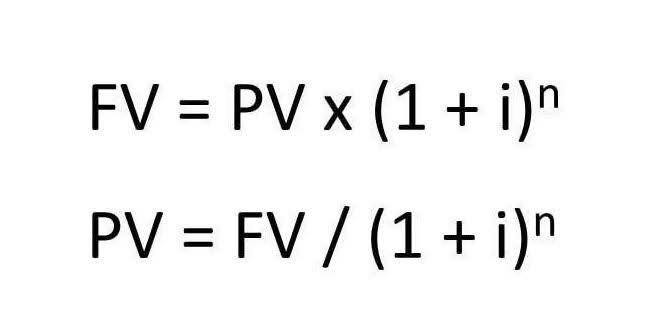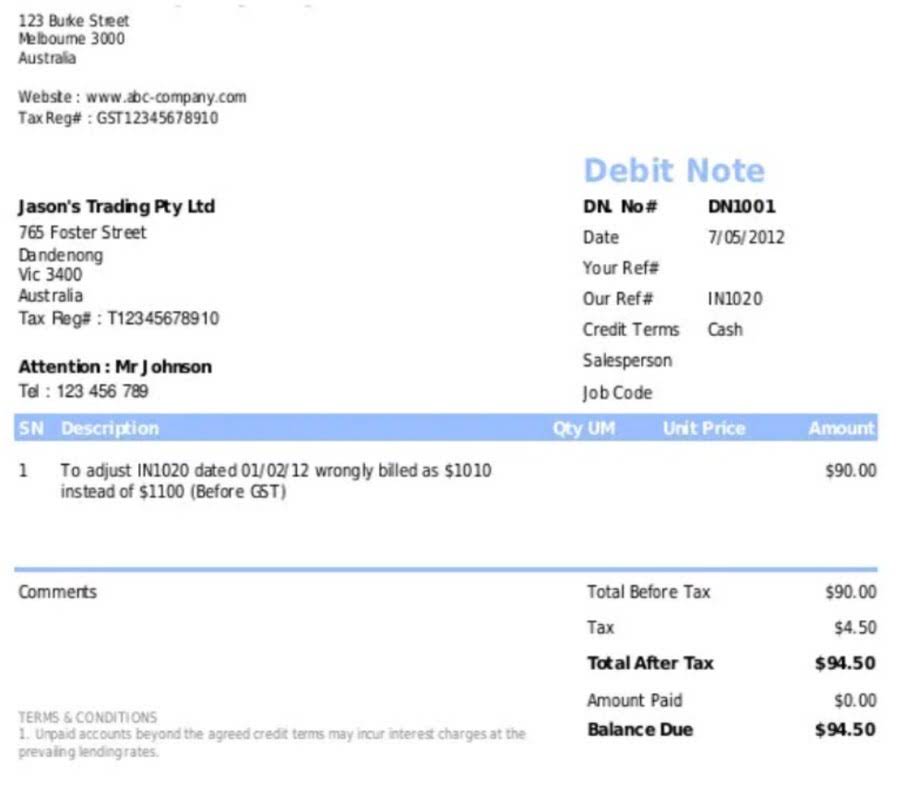
Contra accounts are essential tools in accounting that provide a method to accurately reflect adjustments and reductions in related accounts. Whether used to offset asset values, liabilities, or revenues, contra accounts play a crucial role in maintaining transparency and compliance with accounting standards. Understanding their purpose, types, and application is fundamental for accounting professionals and learners alike to ensure accurate financial reporting and informed decision-making within organizations. A contra revenue account is an account with a debit balance that reduces the balance of a related revenue account. Understanding Bookkeeping vs. Accounting what is a contra revenue account helps businesses accurately reflect their actual sales performance.

Accounting of Contra Revenue
This will help prevent any confusion later on, especially when reconciling financial statements. The sales allowances account is similar in use to the sales returns account, except that it deals with allowances given against a defective product which the customer has kept and not returned to the business. Generally in the financial statements the revenue account would be offset against the contra revenue account to show the Certified Public Accountant net balance.
What Is Contra Revenue? An Accounting Definition
This ensures financial statements provide a clear and comprehensive picture of an entity’s financial standing. Contra revenue accounts can sometimes throw a curveball in financial analysis. Understanding their impact and identifying where they appear is crucial for accurately assessing a company’s financial health. This article dives into the world of contra revenue, focusing particularly on illustrative examples of contra revenue accounts, some of which have surprised even seasoned financial experts. This net figure provides a more accurate depiction of a company’s actual earnings from primary business operations.

Cash Flow Statement Explained: How to Interpret and Improve your Business Liquidity
- The most common contra account is the accumulated depreciation account, which offsets the fixed asset account.
- A portion of their cost is systematically allocated as depreciation expense each accounting period and recorded in this contra account.
- This level of detail is invaluable for making informed business decisions and spotting areas for improvement in your sales process.
- If the customer returns the dress, the retailer records a $100 sales return, offsetting the initial $100 in gross revenue.
- Contra Liability Account – A contra liability account is a liability that carries a debit balance and decreases other liabilities on the balance sheet.
- This unique feature allows businesses to track their gross sales while also accounting for any reductions such as returns, allowances, or discounts—ultimately giving a clearer picture of net sales.
- It offsets the balance of a related revenue account, typically carrying a debit balance instead of the usual credit balance found in standard revenue accounts.
This can affect financial ratios, investor confidence, and overall decision-making based on the financial statements. Contra revenue account examples are subtracted from gross revenue on the income statement. This calculation arrives at net revenue, which represents the actual revenue a company earned after accounting for reductions.
- It’s an essential accounting tool that helps offset the value of related accounts, providing a clearer picture of a company’s financial health.
- He has been the CFO or controller of both small and medium sized companies and has run small businesses of his own.
- He has been a manager and an auditor with Deloitte, a big 4 accountancy firm, and holds a degree from Loughborough University.
- Regardless of how the customer paid or how you’re refunding them, updating your Sales Returns and Allowances account is non-negotiable.
- They provide a way to offset the values of related accounts, ensuring accurate representation of a company’s finances.
- The Generally Accepted Accounting Principles (GAAP) provide a framework for recognizing these deductions.

This deeper insight empowers owners to refine operations, enhance profitability, and build a more resilient and financially sound enterprise. In the dynamic world of business, managing cash flow effectively is paramount, especially for small business owners. Sales discounts are a potent financial instrument that, while seemingly straightforward, carries significant implications for your revenue, profitability, and customer relationships. Understanding their true nature – not just as a perk for customers but as a strategic accounting consideration – is key to leveraging them wisely. The concepts of debits and credits in accounting dictate how transactions are recorded. For instance, to contra revenue account examples increase asset and expense accounts, we simply record a debit and to decrease those accounts, we can record a credit.

Detailed Example: Sales Returns and Allowances
This account functions in opposition to a revenue account; as sales discounts increase, net revenue decreases. By clearly separating these reductions, contra revenue accounts ensure that your financial statements reflect what customers genuinely paid and, crucially, what revenue your business actually retained. A contra asset account is a type of account in accounting that has a natural credit balance and is used to decrease the balance of a related asset account. It contains negative balances that offset the balance in a paired asset account on a company’s balance sheet, revealing the net value of the asset. This general structure can be applied across all contra types, so if the parent account has a credit, the contra account will have a debit. For instance, if your bookstore sees 10% of its book purchases returned within 30 days due to customer dissatisfaction or errors in order processing, these transactions go into the sales returns account.
















